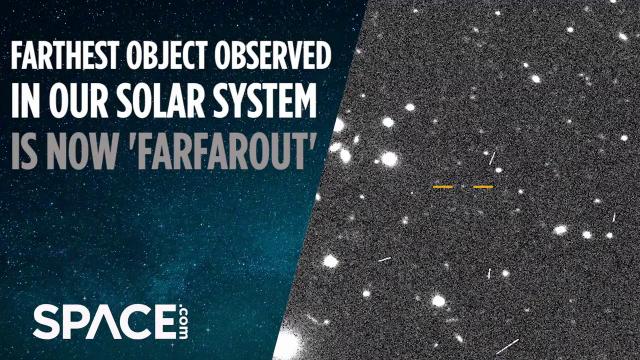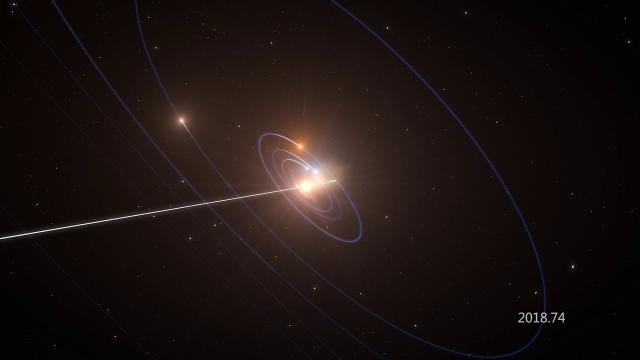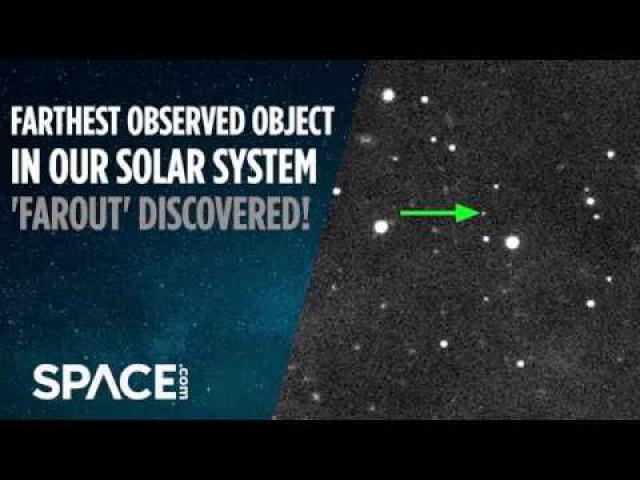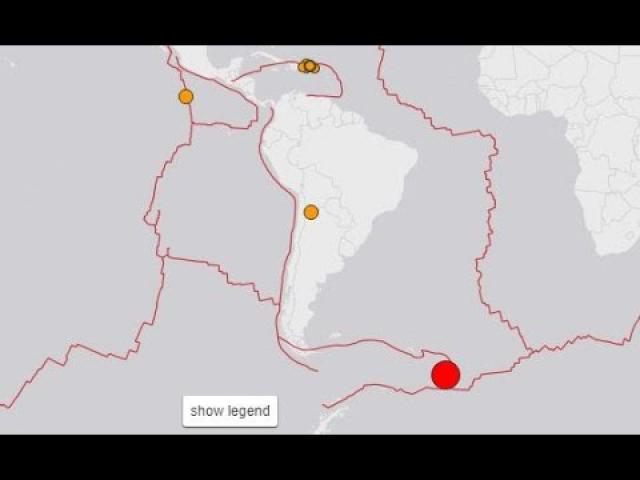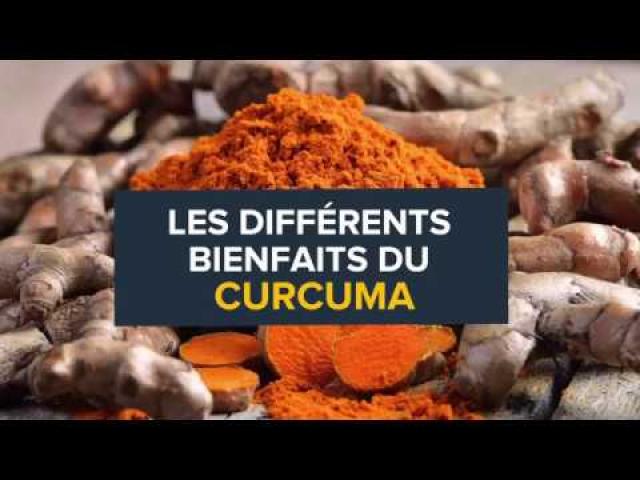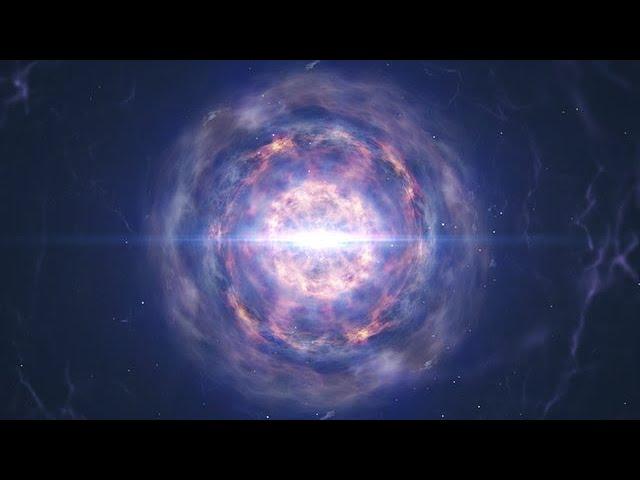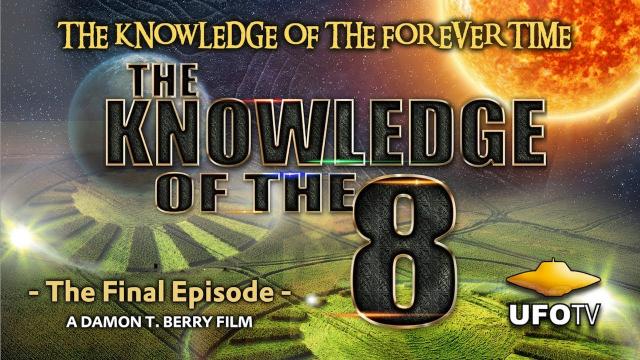FarFarOut! We have a new Farthest Object in our Solar System!
Description
KBOs are hot, baby.
God bless everyone,
T
https://www.paypal.me/THORnews
article
https://www.universetoday.com/141634/the-record-for-the-most-distant-object-in-the-solar-system-has-been-shattered-introducing-farfarout-at-140-astronomical-units/
The Record for the Most Distant Object in the Solar System has been Shattered. Introducing FarFarOut at 140 Astronomical Units
Remember Far Out, the distant planet at the far reaches of the Solar System, that was discovered in December, 2018? Well, it has been kicked unceremoniously off its pedestal as the most distant object after a short, two-month reign. In its place is the very newly-discovered FarFarOut (FFO.)
And if it weren’t for a heavy snowfall, things might have turned out differently.
At the center of this discovery is Dr. Scott Sheppard, an astronomer at the Carnegie Institute for Science in Washington, DC.
“This is hot off the presses.”
Dr. Scott Sheppard, Carnegie Institute for Science, Washington DC.
If you recognize that name, it’s because Dr. Sheppard has been in the news. Discovering far-flung planets in our Solar System is what Sheppard does, and he’s pretty good at it. Back in October 2018, Sheppard led a team that discovered ‘The Goblin,’ (TG387) a planet way out there on the fringes of our Solar System.
When the Goblin was discovered, one of Sheppard’s team members was David Tholen from the University of Hawaii. When the discovery was made, Tholen said, “We think there could be thousands of small bodies like 2015 TG387 out on the Solar System’s fringes, but their distance makes finding them very difficult.”
First, FarOut was discovered. Far Out is a distant planet about 120 AUs away, and preliminary measurements say it’s about 500 km in diameter. It’s other name is 2018 VG18.
This brings us to the heavy snowfall.
“It is very faint; it is on the edge of our ability to detect it.”
Dr. Scott Sheppard, Carnegie Institute for Science, Washington, DC.
Dr. Sheppard was due to give a talk in Washington DC on February 20th when a heavy snowfall cancelled the event. With “nothing to do”, Sheppard spent some time scouring data from the distant reaches of the Solar System
Dr. Sheppard and his team are searching for the elusive and unproven Planet X (aka Planet 9), a hypothetical planet way out in the Solar System that is supposedly more massive than Earth and is causing objects in that neighbourhood to clump together. As the team examines the nether regions of the Solar System looking for Planet X, they keep finding planets further and further away.
Now, with his talk re-scheduled because of snow, Sheppard used his time wisely and has found the oh-so-creatively named FarFarOut (FFO). And FFO is even further away. FFO is about 140 AUs away, which means about 140 times further from the Sun than Earth is.
In his re-scheduled talk, which he delivered on February 21st, Sheppard said, “This is hot off the presses. Yesterday it snowed so I had nothing to do so I went looking through some of our data.”
At this point, FarFarOut is little more than a ghost. It’s been detected, but nothing is yet known about its mass or anything else. It exists, and that’s all we know.
“It is very faint; it is on the edge of our ability to detect it,” Sheppard said. “We don’t know anything about the orbit of this object, we just know it is far, far out.”
Stay tuned, because you can guarantee that there will be follow-up observations to try to figure out exactly what the team has found.

